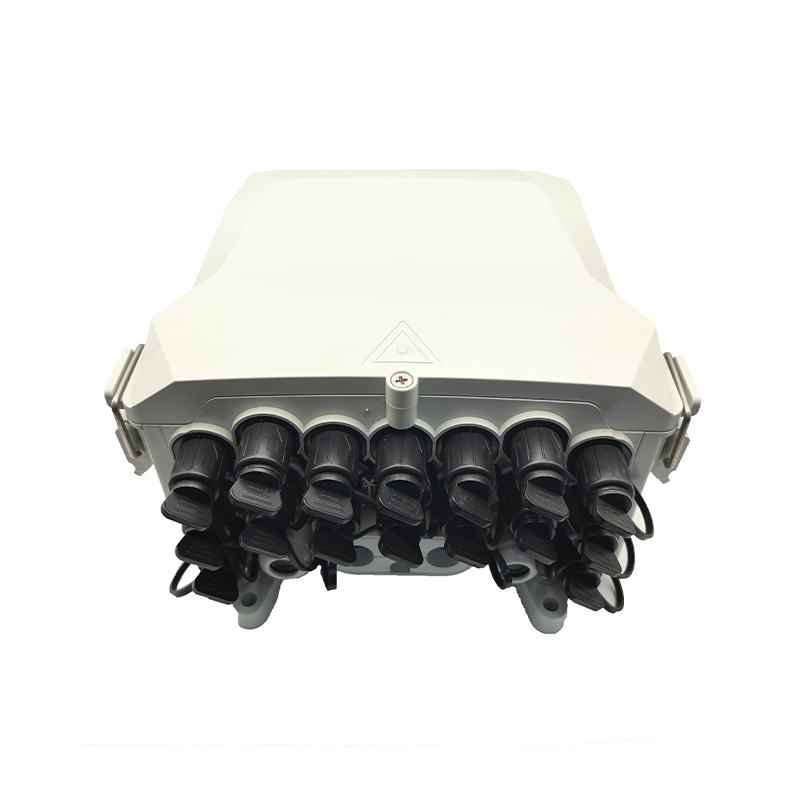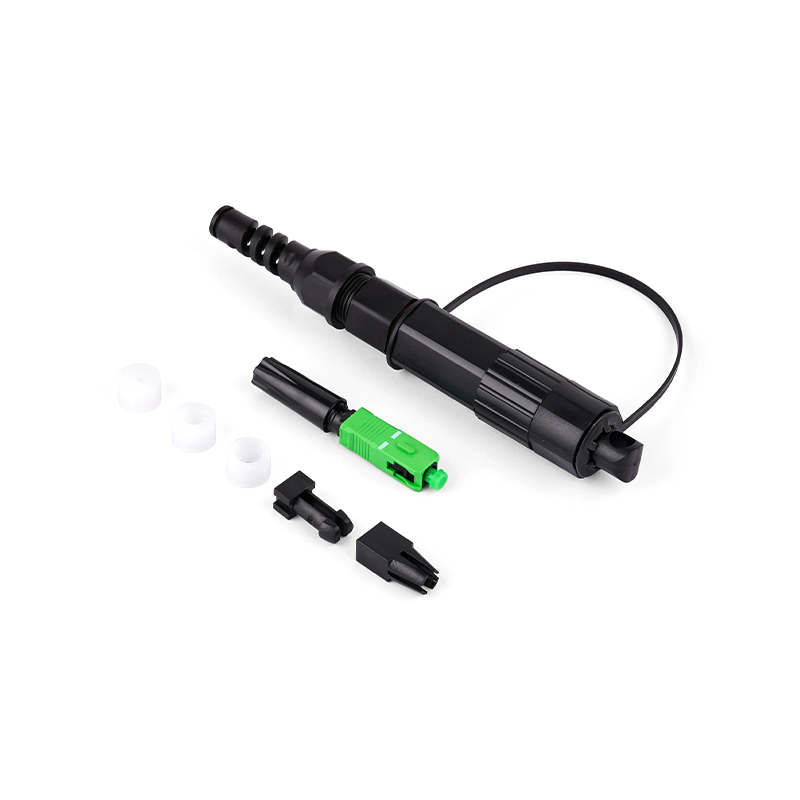What is a Fiber Optic Terminal Box?
2025-09-05
A Fiber Optic Terminal Box, also known as a cable terminal closure or cable splice closure, is a crucial device used in fiber optic communication networks to manage and protect fiber optic cable connections. It is primarily used for routing and securing optical cables, splicing and branching optical fibers, and storing excess fiber in coils. In fiber optic communication systems, a Fiber Optic Terminal Box plays a crucial role as a bridge, connecting outdoor optical cables with indoor optical cables or equipment, enabling the transmission and distribution of optical signals.
Content
Purpose and Function of Fiber Optic Terminal Boxes
The core function of a Fiber Optic Terminal Box is to effectively manage and protect optical fibers. Specifically, it performs the following key functions:
- Cable routing and securing: It provides a secure entry point for routing outdoor optical cables indoors and securely secures them to prevent damage to the fibers caused by external forces.
- Fiber optic splicing and protection: Within the closure, optical fibers are spliced to pigtails. The resulting splices are securely stored in a splice tray to protect them from environmental contamination and mechanical damage.
- Fiber Coiling and Storage: Fiber optic terminal boxes provide a suitable space for coiling and storing excess fiber lengths, ensuring the required bend radius and preventing signal attenuation.
- Distribution and Branching: Using internal adapters and patch cords, fiber optic terminal boxes can distribute optical signals to different devices or user ports, enabling flexible branching within the optical network.

Fiber optic terminal box types and features
There are numerous types of fiber optic terminal boxes available on the market, typically categorized by installation method, material, or application.
- By Installation Method: They can be categorized as wall-mounted or rack-mounted. Wall-mounted boxes are typically used in small networks or buildings, while rack-mounted boxes are commonly used in data centers or communications rooms for centralized management.
- By Material: They are primarily available in plastic and metal. Plastic fiber optic terminal boxes are lightweight and cost-effective, making them suitable for indoor environments; metal materials (such as cold-rolled steel) are more durable and provide better physical protection.
Fiber optic terminal boxes are critical infrastructure in optical networks. Their proper use and deployment can significantly improve the stability and reliability of optical networks, ensuring unimpeded optical signal transmission. When choosing, you should select the appropriate type and specifications according to the specific application scenario and needs to give full play to the effectiveness of the fiber optic terminal box.











